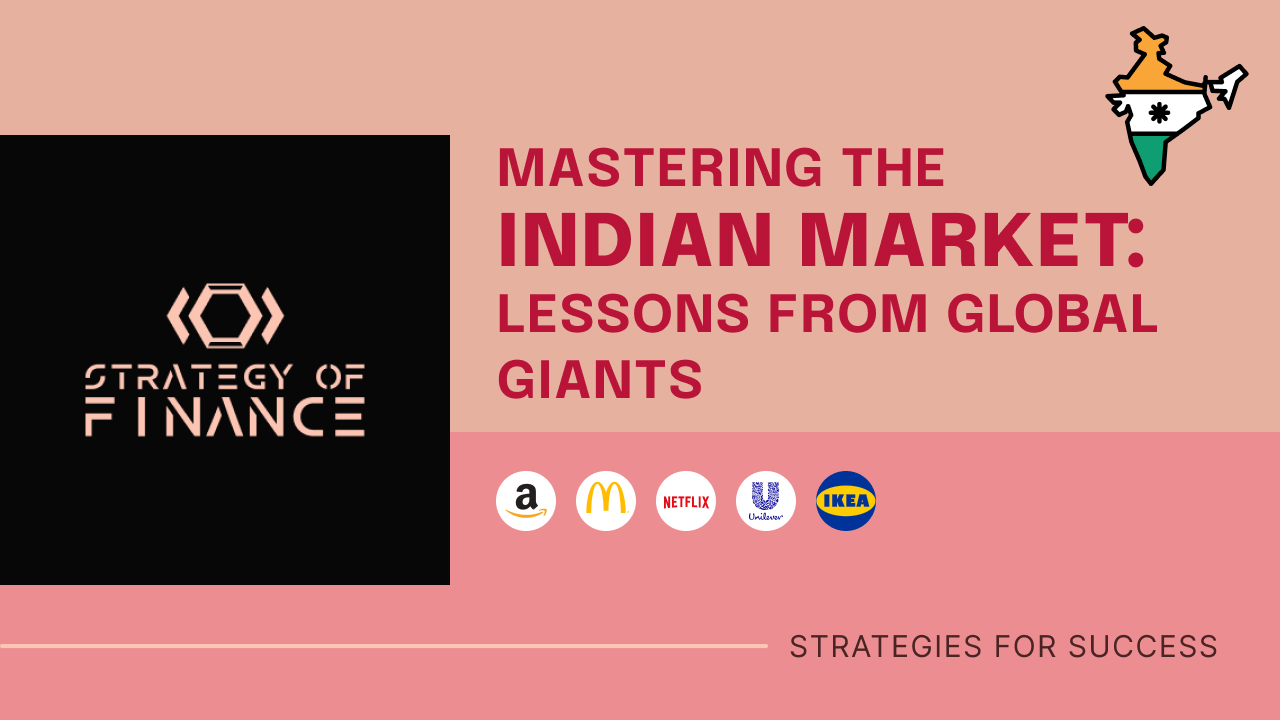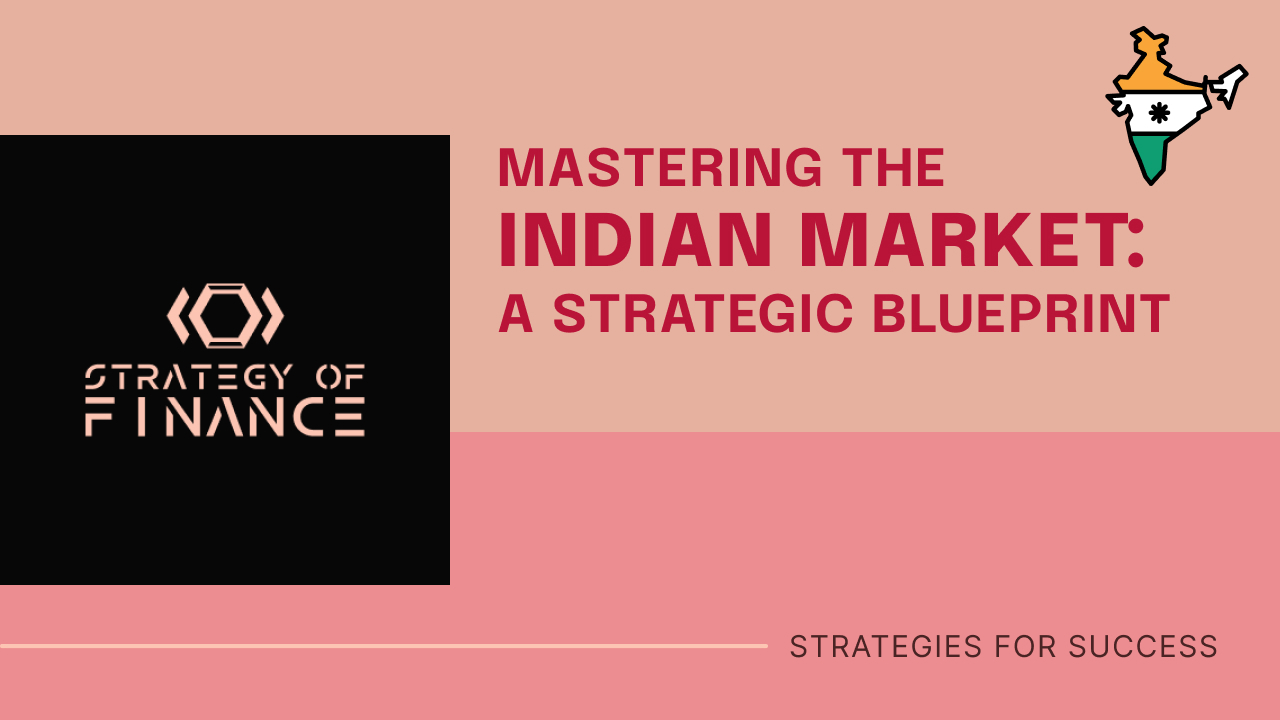Mastering the Indian Market: Advanced Strategies from Global Leaders

Mastering the Indian Market: Advanced Strategies from Global Leaders
Following our exploration of the foundational strategies in “Mastering the Indian Market: A Strategic Blueprint,” this sequel delves deeper into the practical applications of those principles by examining the success stories of multinational giants. These companies, hailing from diverse sectors such as e-commerce, FMCG (Fast Moving Consumer Goods), and QSR (Quick Service Restaurants), offer invaluable lessons on thriving in India’s complex and dynamic market. Their journeys underscore the importance of patience, deep financial commitment, and agility, providing a refined blueprint for navigating the Indian landscape.
Patience and Local Adaptation: IKEA’s Thoughtful Entry
IKEA’s strategic entry into the Indian market is a masterclass in patience and the importance of local adaptation. Years of meticulous research into the Indian consumer’s lifestyle and needs preceded the opening of its first store. By adjusting its product offerings to include lower price points and smaller store formats suitable for India’s urban environments, IKEA demonstrated the critical role of customization. This deep understanding and willingness to adapt underscore the company’s long-term commitment to the Indian market.
Deep Financial Commitment: Amazon’s Bold Investment
Amazon exemplifies the impact of a profound financial investment in conquering the Indian e-commerce space. By pouring billions into understanding local shopping habits, building infrastructure, and customizing services (like cash on delivery for a traditionally cash-reliant society), Amazon has shown how resilience and resource allocation can secure a foothold in a competitive market. This approach, emphasizing customer service and a broad product spectrum, highlights the significance of financial stamina in market penetration and retention.
Speed to Market and Innovation: McDonald’s Cultural Sensitivity
McDonald’s success in India illustrates the combined power of market responsiveness and innovation. By tailoring its menu to respect India’s dietary preferences and cultural practices, introducing items like the McAloo Tikki burger, McDonald’s not only demonstrated agility but also an understanding of the local consumer psyche. This adaptability in product offering, veering away from its traditional beef-heavy menu, shows how speed to market, coupled with innovative thinking, can achieve market relevance.
FMCG Sector Insights: Unilever’s Customized Approach
Unilever’s longstanding success in the Indian FMCG market highlights the importance of in-depth market knowledge and adaptability. By customizing products, packaging, and marketing strategies to meet the diverse preferences of Indian consumers, Unilever has shown that understanding and integrating into the local culture is key to sustained growth. Offering products in small, affordable sachet packs demonstrates an innovative approach to meeting the Indian market’s demand for value and convenience.
Digital Streaming Innovation: Netflix’s Localized Content Strategy
In the realm of digital streaming, Netflix’s investment in local content to engage the Indian audience showcases a blend of patience and customization. By producing original series and films in multiple Indian languages, Netflix has effectively broadened its appeal across India’s varied cultural and linguistic landscape. This strategy, along with flexible pricing models, emphasizes the necessity of tailoring offerings to local tastes and preferences.
Conclusion: Lessons for Multinational Expansion
The strategies employed by IKEA, Amazon, McDonald’s, Unilever, and Netflix in India serve as potent illustrations for multinationals aiming to navigate the market’s complexities. These case studies reinforce the need for a patient understanding of local nuances, significant financial investment for sustained engagement, and the agility to innovate and adapt quickly. As companies look to build upon the strategic foundation outlined in “Mastering the Indian Market: A Strategic Blueprint,” these examples offer a roadmap for transforming challenges into opportunities, ensuring not just market entry but lasting success and growth in India’s vibrant economy.
***
Mar 22, 2024 By Rohit Agarwal
Related Content

Feb 09, 2024

CFO, Revolut India
Fun.
Kind.

CFO, Dealshare
Passionate.
Persistent.








